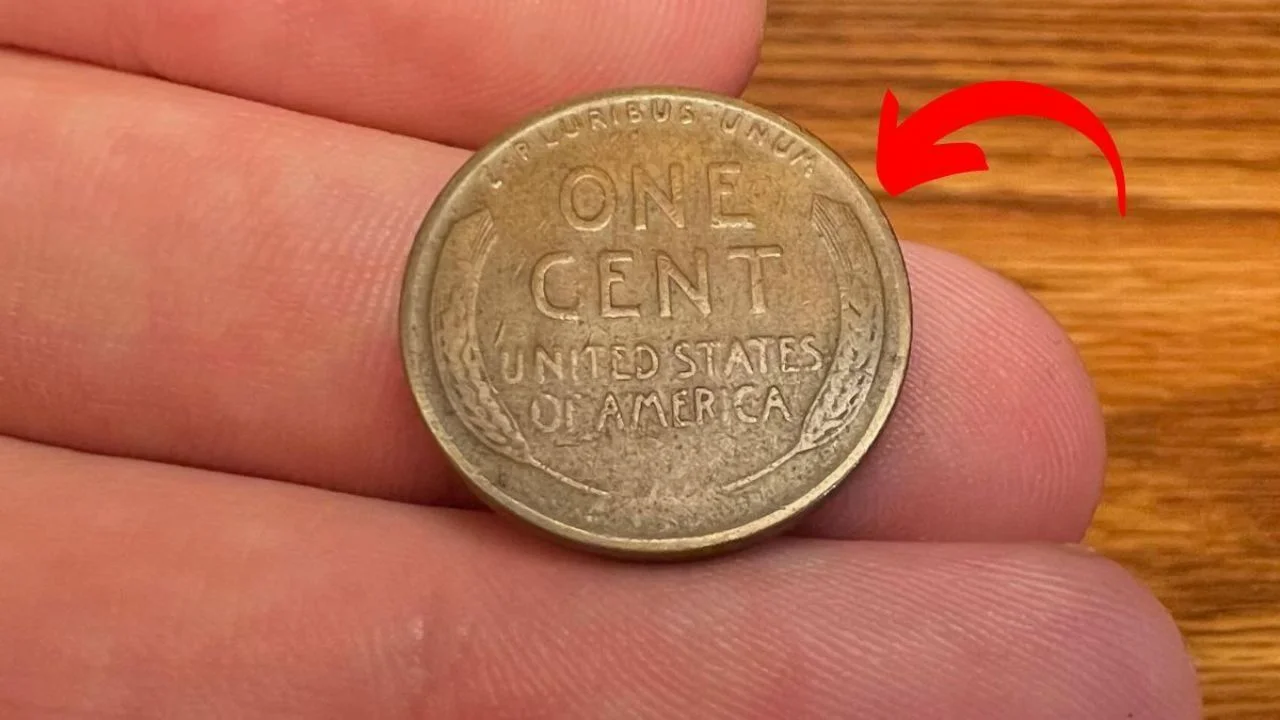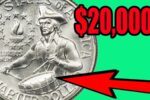The Lincoln Wheat Penny Valued at $530K, Still in Circulation
Most of us don’t pay much attention to the small change we carry in our pockets. But what if we told you that one of those pennies could be worth more than half a million dollars? That’s exactly the case with a rare version of the Lincoln Wheat Penny, which has recently been valued at $530,000. And the most interesting part? Some of these valuable coins may still be in circulation today.
The Lincoln Wheat Penny might seem like an ordinary coin, but its rich history, unique features, and rare mistakes have turned it into a collector’s dream. In this article, we’ll explore what makes this penny so special and how you might be able to spot one.
Overview Table
| Feature | Details |
|---|---|
| Coin Name | Lincoln Wheat Penny |
| Years Minted | 1909 to 1958 |
| Notable Rare Year | 1943 (Copper variant) |
| Face Value | 1 cent |
| Composition | 95% Copper, 5% Tin & Zinc (except 1943) |
| Rare Value (Top Estimate) | $530,000 |
| Still in Circulation? | Yes, potentially |
| Design Front | Abraham Lincoln (side portrait) |
| Design Back | Two Wheat Stalks (Wheat Reverse) |
Design & Style
The Lincoln Wheat Penny was first introduced in 1909 to celebrate the 100th birthday of President Abraham Lincoln. It was also the first American coin to feature a real person instead of symbols or representations.
The front of the coin shows a side profile of Lincoln, with the words “IN GOD WE TRUST” along the top, “LIBERTY” to the left, and the year of minting on the right.
The back of the coin features two wheat stalks on either side, with “ONE CENT” in the middle, followed by “UNITED STATES OF AMERICA” and the Latin phrase “E PLURIBUS UNUM” at the top. The design is simple, elegant, and deeply rooted in American history.
Rarity & Value
Most Lincoln Wheat Pennies are worth just a little more than their face value—maybe a few cents or dollars to collectors, depending on condition. But the 1943 copper Lincoln Wheat Penny is a completely different story.
In 1943, due to World War II, the U.S. Mint switched from using copper to zinc-coated steel for pennies, in order to conserve copper for war equipment. However, a small number of copper blanks accidentally made it into the presses that year, creating a rare copper version of the 1943 Wheat Penny.
These rare copper coins are extremely hard to find, and only a few dozen are known to exist. One of them was sold for $530,000, making it one of the most valuable pennies ever. Imagine finding one of those in your pocket change!
How It’s Still in Circulation
Since these rare 1943 copper pennies look very similar to normal coins and were not supposed to exist in the first place, it’s believed that some could still be out there—mixed in with regular pennies in jars, drawers, or coin rolls from banks.
Most people don’t examine every penny they receive, so these valuable coins might go unnoticed for years. That’s why coin collectors and experts suggest always checking your change—especially if you come across a 1943 penny that isn’t made of steel.
What to Look For
If you’re now tempted to search through your coin stash, here are some things you should look for:
-
Year: Look for pennies from 1943. If you find one, check the color.
-
Color and Weight: Steel pennies are usually silver-colored and stick to magnets. If yours is copper-colored and doesn’t stick to a magnet, it might be the rare version.
-
Condition: Coins in better shape are worth more. A well-preserved rare coin can bring in a higher price.
-
Mint Marks: Some versions have small letters like “D” or “S” under the date, representing where the coin was minted (Denver or San Francisco). These variations can affect value.
If you suspect you’ve found something rare, don’t clean the coin. Cleaning can damage it and reduce its value. Instead, have it looked at by a professional coin dealer or grading service.
FAQs
1. What is the Lincoln Wheat Penny?
The Lincoln Wheat Penny is a U.S. one-cent coin that was minted from 1909 to 1958. It features Abraham Lincoln on the front and wheat stalks on the back.
2. Why is the 1943 copper penny so valuable?
Because it was never supposed to be made. The U.S. Mint switched to steel in 1943 for the war effort, but a few copper blanks were mistakenly used. These rare coins are now worth hundreds of thousands of dollars.
3. Can I really find one in my pocket change?
Yes, although the chances are very small. Some of these coins may still be out there. That’s why collectors check every 1943 penny they come across.
4. How do I know if my 1943 penny is the valuable one?
Try the magnet test. If your 1943 penny sticks to a magnet, it’s steel and common. If it doesn’t, and it’s copper in color, you may have a rare one. Always get it verified by a professional.
5. Should I clean my coin before selling it?
No. Cleaning a coin can reduce its value significantly. If you think you have a rare coin, store it safely and have it professionally evaluated.
Final Verdict
The Lincoln Wheat Penny is more than just a piece of old currency—it’s a part of American history. And in some very rare cases, it could be a life-changing find. The story of the $530,000 Wheat Penny is proof that sometimes, the greatest treasures come in the smallest forms.
Whether you’re a serious coin collector or just someone curious about change in your pocket, it’s always worth taking a closer look. You never know—you might be holding a half-million-dollar coin and not even realize it.
So the next time you receive a handful of coins, don’t just toss them aside. Check for the date, feel the weight, and look at the color. You might just be the lucky person to find one of the rarest coins still in circulation today.













